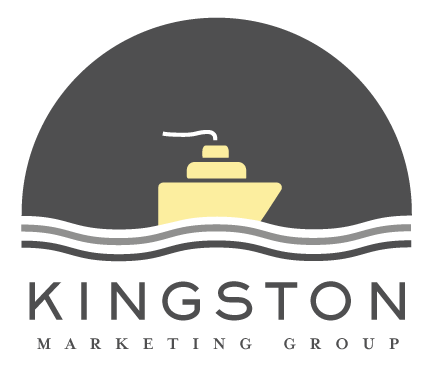Problem fit vs. product fit
By Todd Olsen, VP of Marketing Practice
Apple, Rover and Xembly: three brands that are “problem-led”
As an integrated marketing agency closely following and serving the start-up market, we see a lot of buzz around the term Product Fit. Which usually, but not always, refers to technology-based brands that have pivoted their product multiple times to find the customer segment that will embrace their product.
Problem fit is different - it’s a result of carefully considering and mapping your customer journey as they flow through a specific problem-solution path. Who they are, the moment they realize they have a problem, and what they do to research and solve it.
We believe the most powerful tool for journey mapping is Design Sprint methodology, open source here. We use it all the time to find friction in a customer journey, then ideate how we might step in and solve it. Problem first, then solution.
Here are some recreated problem/solution statements from brands you may know (two of which are our clients):
Apple
Problem: People don’t want to be tracked by Facebook and a myriad of anonymous businesses scraping every bit of information from their mobile journey, but they feel forced into it to access the content they need.
Solution: Opt-in (versus out) cookie tracking and simple, easy-to-find privacy controls.
Rover
Problem: When you are away from home working, it’s painful to leave your pet alone all day, and you can’t keep hitting up your friends and family to walk them.
Solution: The Rover app, which lets you book pet sitting and walking on demand through your phone - and the sitters come to your house.
Xembly
Problem: My work week is so filled with meetings I don’t have the time to manage my own work week and personal priorities.
Solution: An AI-based executive assistant that manages your calendar and takes and sends meeting notes so you can focus on being productive.
If your product isn’t gaining traction, you could have a brand foundation problem, a marketing problem, or an over-crowded competitive space. But if it’s a product problem, consider doubling down on the problem your customers are experiencing in their day-to-day. What meaningful friction can you identify and remove for them? Can your product address it with some slight adjustments? Great- do it! No? Consider going back as far as you need to in order to engineer for the problem better than anyone else is.
Taking a beat to focus on the customer problem and rethinking how you might solve it is far more efficient than taking your organization through multiple product development and launch cycles.
KMG loves customer journey mapping to find a problem that’s worth building a product, or brand upon. Let us know if you would like a free consultation.

